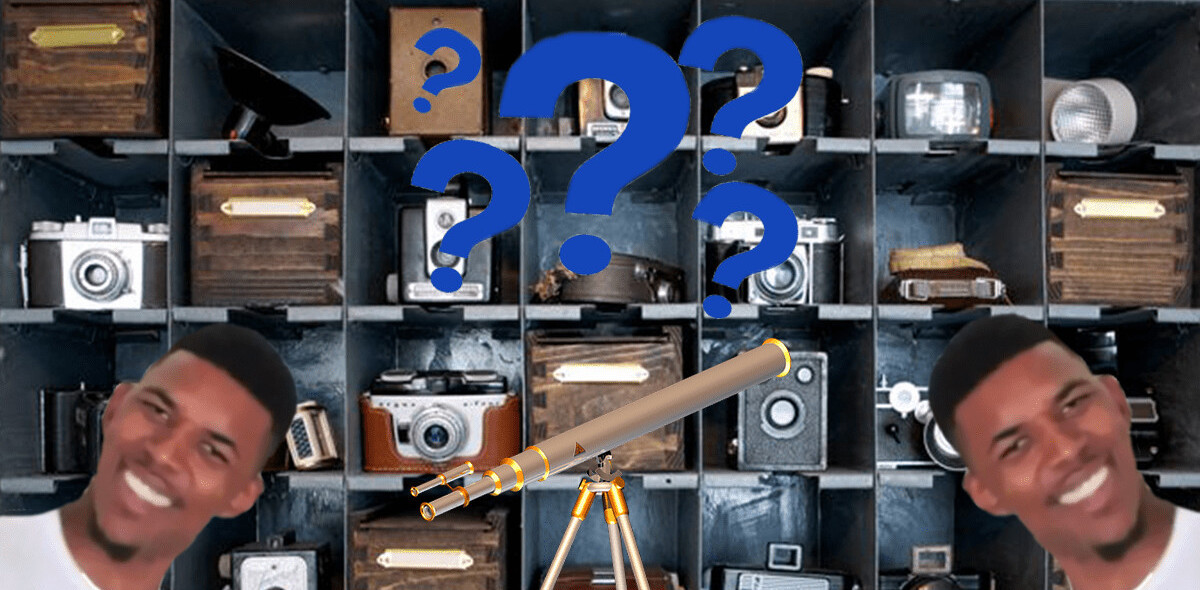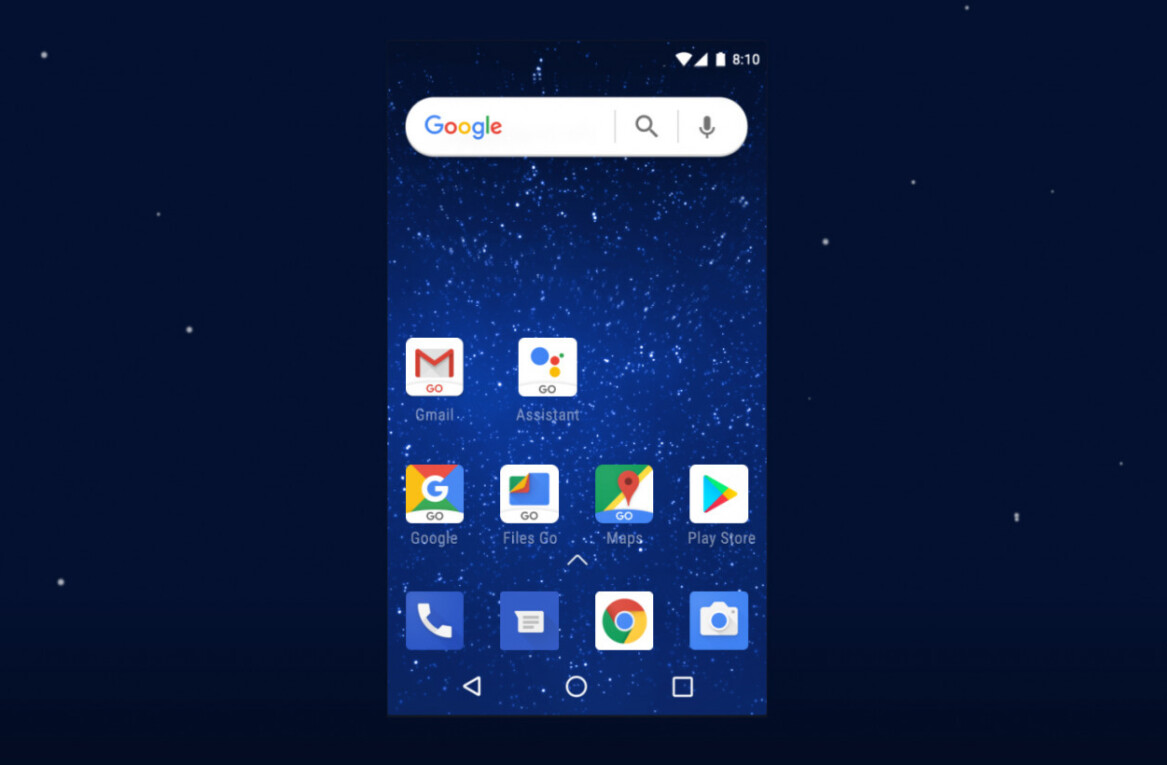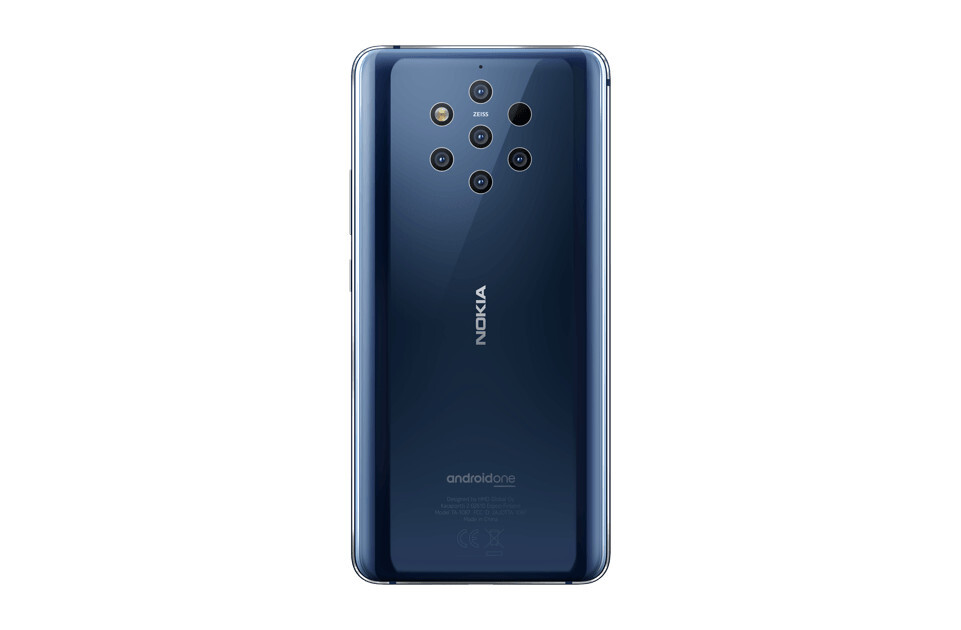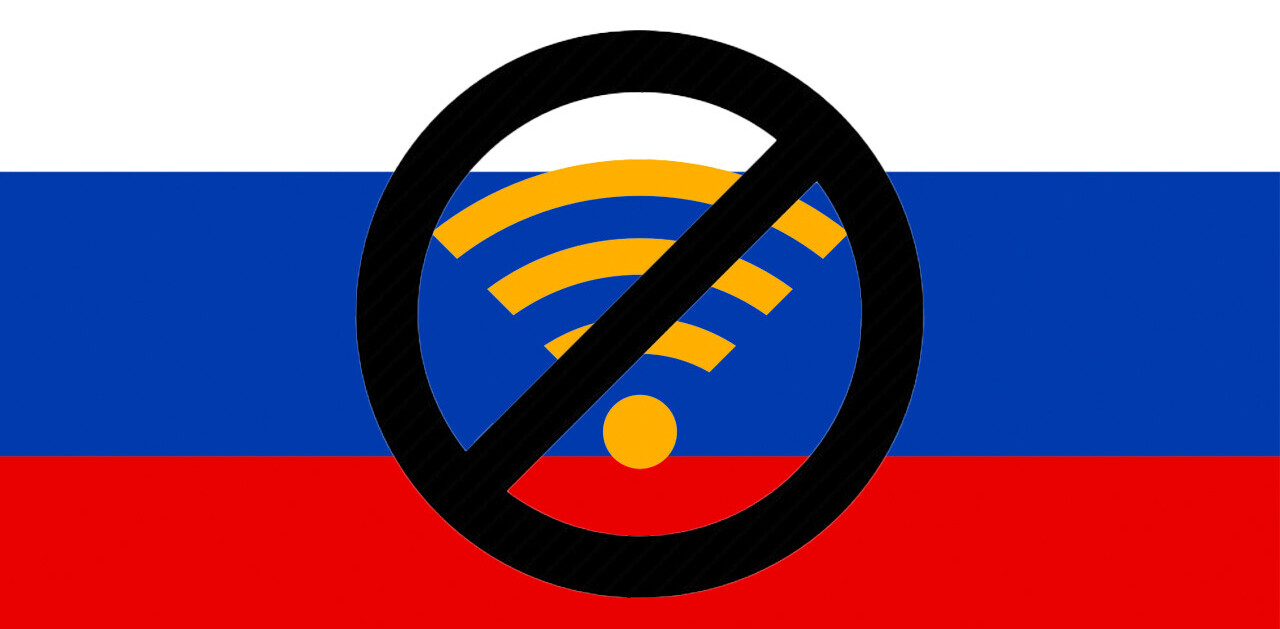
I was glad to be invited to Finland recently, where mobile giant Nokia gave some hints about “the way we live next”. They introduced their visions for 2015 and allowed to test some upcoming cool services, fresh from the labs.
An idea Nokia researchers are exited about is what they call “sensing and aggregating data” to have “a world of highly tailored and proactive information”.
 Bob Iannucci, Head of Nokia Research Center predicts that in about seven years time the world is full of sensors. For each mobile phone, there’ll be ten wireless connected private sensors – one in your car, one in your clothes, one in your house etc – all “bridged” with your mobile phone. The sensors cost almost nothing, because the technology already exists.
Bob Iannucci, Head of Nokia Research Center predicts that in about seven years time the world is full of sensors. For each mobile phone, there’ll be ten wireless connected private sensors – one in your car, one in your clothes, one in your house etc – all “bridged” with your mobile phone. The sensors cost almost nothing, because the technology already exists.
What are the consequences?
Iannucci explains that Nokia is able to take your location data and aggregate it with your diary, your calendar and your user history, since your phone learns from your behavior.
Imagine sitting in a meeting, having subscribed to a traffic feed. Your phone recognizes that the route you are about to take is congested and “says” to you: “I see that you got to be on Mark’s birthday at 15:00. But the route that you usually take is congested, so you better leave early! And how would you like me to plan another route?”
Disease control
Or another example: disease control. Iannucci says that the granularity of US disease control system, for example, is so poor, that it is even hard to say how many people are infected in particular county. So why can’t our phones be able to recognize our health conditions or body temperature?
Weather sensors
Our Nokias could also be our personal “weather sensors”. Iannucci talks about thousands of existing weather sensors located in places like mountain tops and airports, where no one really lives. How about using our phones and their wireless data delivery capabilities to sense weather and with the help of hundreds of millions of weather sensors like that provide climate data, with maximum possible accuracy.
Cool new services of Nokia
Here’s an overview of some of the new services Nokia is “baking”:
- Indoor Positioning. Provides a positioning and location-based service inside a building. Users can add new buildings and can contribute measurement data and context information. Indoor maps are enhanced by user-created Point-of-Interests. The indoor positioning platform respects privacy. There’s a demo project going on in Helsingi Kamppi Center.
- Local Interaction takes social-networking and location-based services indoors: find your friends based on indoor positioning, browse nearby places on indoor maps, add media and comments to indoor places. All of this is easy to access on your web-enabled phone.
- Point & Find enables people on the move to access information and services on the Internet, simply by pointing a camera phone at real-world objects. In the first beta version of Point & Find to be released in the near future in US and UK, users can instantly watch the film trailer, read the review, or find the closest cinema to buy tickets, simply by pointing a camera phone at a poster for a new movie.
- The Morph concept device, launched alongside The Museum of Modern Art “Design and The Elastic Mind” exhibition, showcases some revolutionary leaps being explored by Nokia Research Center in collaboration with the Cambridge Nanoscience Centre in United Kingdom. The nanoscale technologies that will potentially create a world of radically different devices open up an entirely new spectrum of possibilities.
The full list of Nokia service demos is here.
Get the TNW newsletter
Get the most important tech news in your inbox each week.





